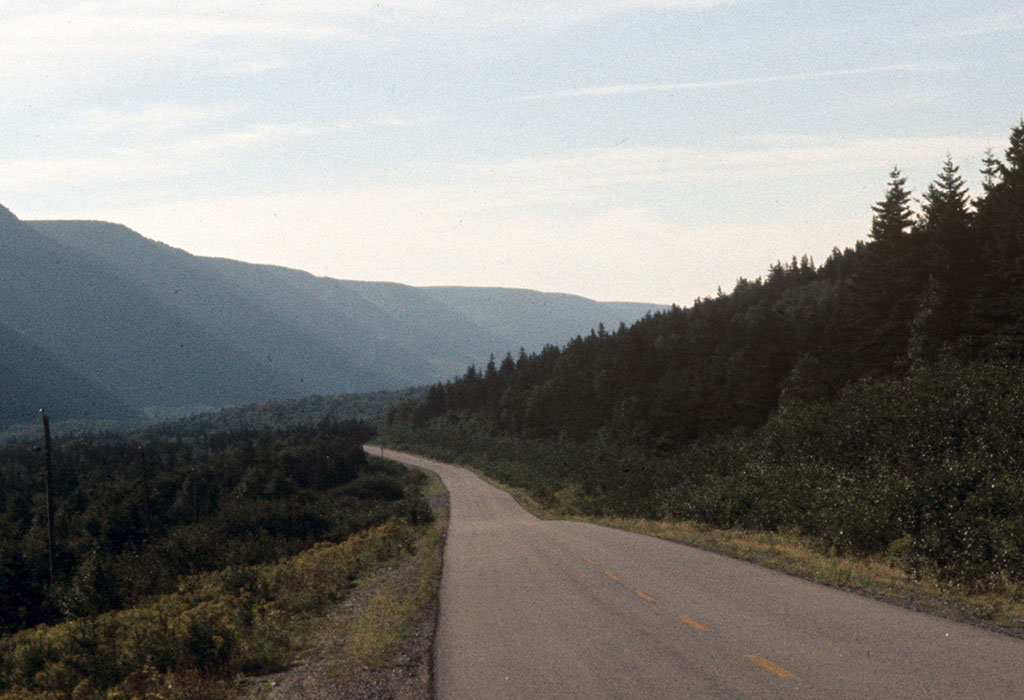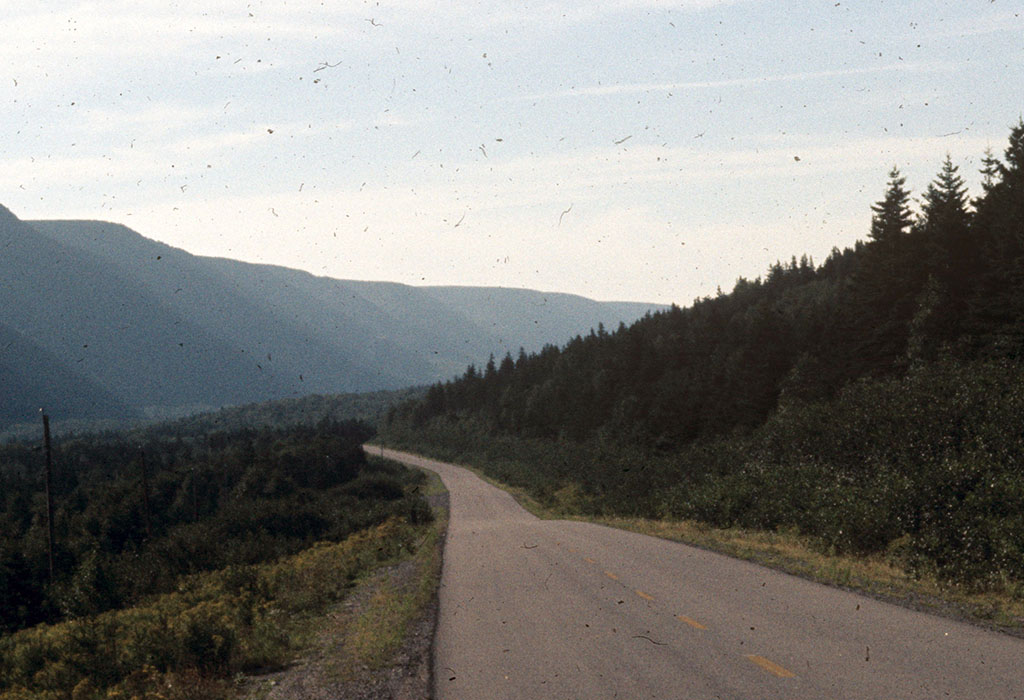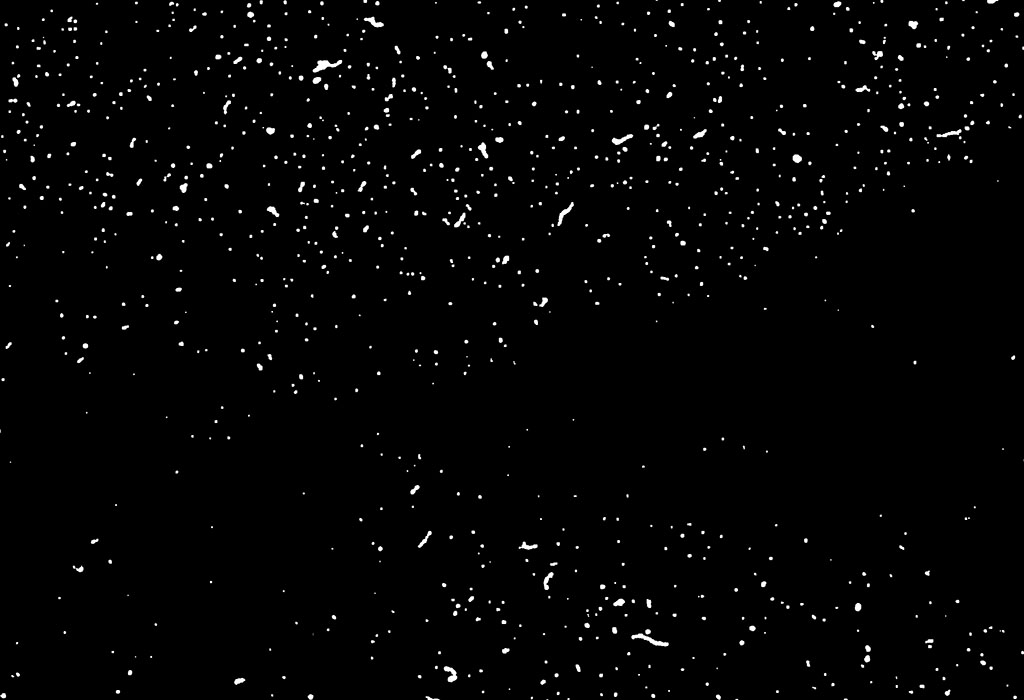DustNet AI Technology
Our proprietary artificial intelligence system for advanced dust and scratch removal
Revolutionary Dust Removal Technology
Developed exclusively by DigMyPics, DustNet is a revolutionary artificial intelligence system that automatically detects and removes dust and scratches from your film scans with unprecedented precision.
Unlike conventional dust removal software that simply blurs your entire image, our proprietary neural network technology identifies and repairs only the affected pixels, preserving all the original detail and character of your precious memories.
DigMyPics Exclusive
DustNet is a proprietary technology available only through our scanning services, representing years of research and development in advanced image processing.
DustNet Benefits
- Preserves fine image details
- Removes even microscopic dust particles
- Eliminates scratches and blemishes
- Maintains authentic image character
- Produces cleaner, more professional results
See the Difference
Slide the divider below to compare before and after DustNet processing


Interactive comparison: DustNet applied (left) vs. original scan with dust (right)
How DustNet Works: Advanced AI Technology
The Science Behind DustNet
DustNet is a sophisticated convolutional neural network (CNN) developed by our team of imaging experts and AI specialists at DigMyPics. This proprietary technology represents years of research and development in the field of image processing.
We trained DustNet on millions of dust particles and film artifacts, enabling it to identify even the smallest specks with remarkable accuracy. Unlike conventional dust removal software, DustNet doesn't just blur your images—it creates a precise map of dust locations and intelligently restores only the affected areas.
Three-Step Process
Detection
DustNet analyzes your scanned image and identifies the exact location of each dust particle and scratch
Mapping
The system creates a detailed map of all detected imperfections
Restoration
Using advanced inpainting techniques, DustNet repairs only the affected pixels while preserving the surrounding image detail


See the technology at work: Original scan (left) vs. DustNet's dust detection map (right)
Technical Specifications
- Neural Network Type: Convolutional Neural Network (CNN)
- Training Dataset: Millions of dust particles and film artifacts
- Detection Accuracy: Identifies particles as small as 5 microns
- Processing Time: Approximately 3-5 seconds per image
- Compatible Media: All slide and negative formats
Why You Need DustNet: The Reality of Film Dust
Many customers ask us, "Why do I need dust removal? My slides look clean." The truth is, there's no such thing as perfectly clean film. Dust is microscopic and ubiquitous—it's in the air we breathe and on every surface we touch.
Even after professional cleaning with compressed air, dust particles remain. When magnified during scanning, these tiny specks become glaringly obvious imperfections in your digital images. Dust has been the persistent nemesis of photographers since the invention of photography.
The DustNet Advantage
Traditional Software
- Blurs entire image
- Sacrifices valuable detail
- Uses generic algorithms
- Produces artificial-looking results
DustNet AI
- Precisely identifies each dust particle
- Repairs only the affected pixels
- Preserves all original detail in dust-free areas
- Maintains the authentic character of your images
Common Dust Sources
- Airborne Particles: Dust in the air settles on film during handling
- Storage Conditions: Cardboard slide mounts and paper sleeves shed fibers
- Static Electricity: Film naturally attracts dust particles
- Handling: Fingerprints and oils from handling
- Age: Older film often has embedded dust that cannot be removed physically
Did You Know?
A single cubic foot of "clean" room air contains approximately 100,000 dust particles that can settle on your film.
Why Choose DigMyPics for Your Film Scanning
DustNet is just one example of our commitment to developing innovative technologies that preserve your memories with the highest possible quality.
Unlike other scanning services that use off-the-shelf software, our proprietary DustNet system was developed in-house specifically to address the unique challenges of film restoration.
The DigMyPics Difference
Exclusive Technology
Access to our DustNet AI technology is only available through DigMyPics services
Superior Quality
Our technology preserves the finest details that other services lose
Meticulous Attention
Each scan receives individual care from our expert technicians
Expert Development
Technology created by specialists with decades of experience
Ready to Experience DustNet?
Transform your slides and negatives with our revolutionary dust removal technology.

What Customers Say About DustNet
Real reviews from customers who experienced the DustNet difference
"I couldn't believe the difference DustNet made on my old slides. They looked clean to the naked eye, but the scans revealed so much dust. The technology removed it all while keeping every detail intact!"
— Margaret T., Photography Enthusiast
"As a professional photographer, I'm extremely picky about image quality. DustNet exceeded my expectations. The scans look better than the originals without losing any of the authentic character of the film."
— James R., Professional Photographer
"I tried scanning my slides with another service first and was disappointed with the blurry results. DigMyPics' DustNet technology preserved all the fine details while still removing dust. Worth every penny!"
— Susan K., Family Historian
Ready to Experience DustNet?
Transform your slides and negatives with our revolutionary dust removal technology.